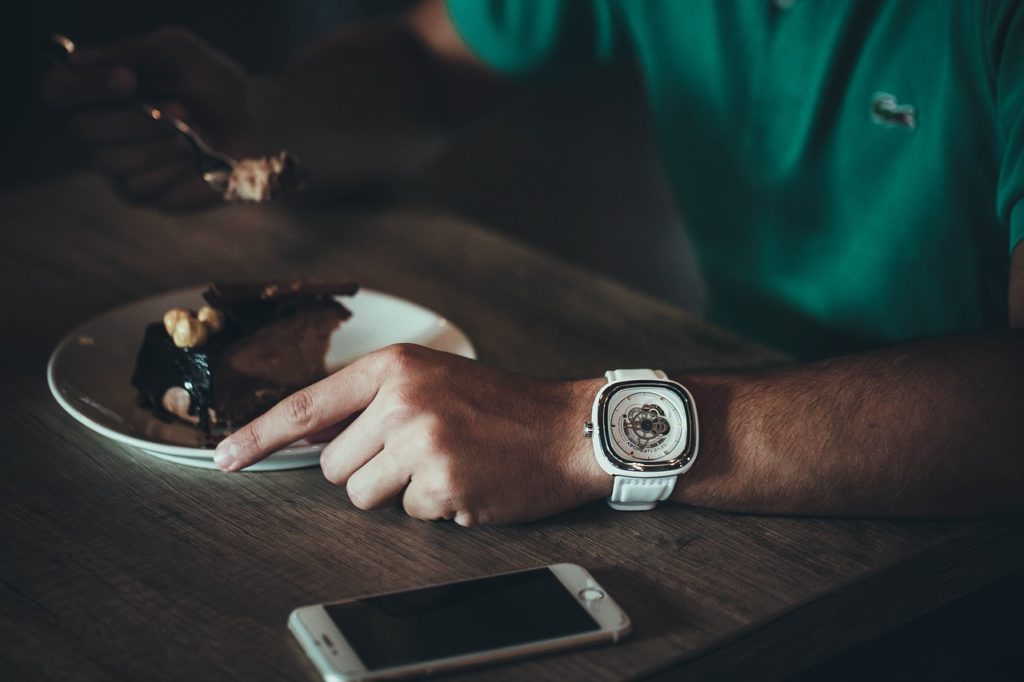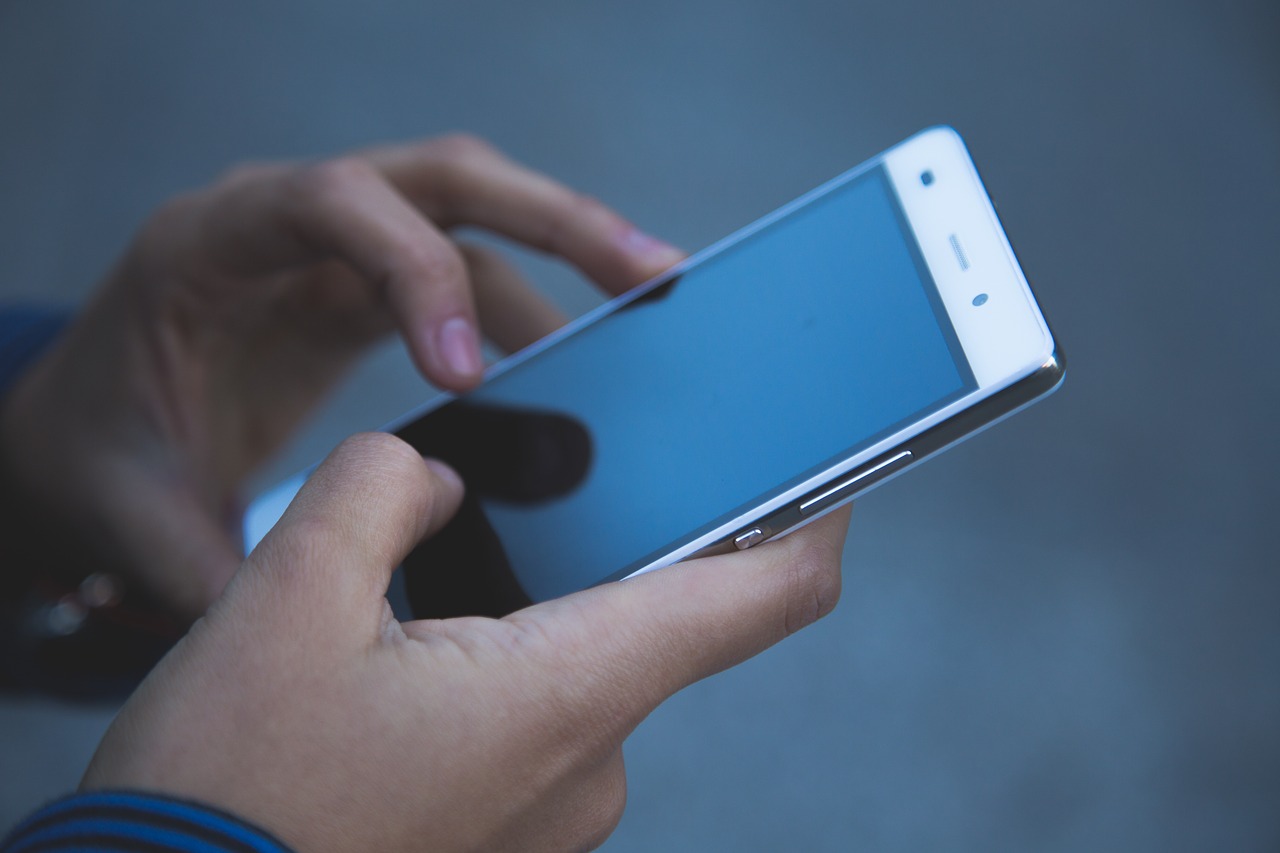Our smartphones work hard for us all year round, but summer can be a rough time for these indispensable devices. That’s because heat is an enemy of all tech gadgets. Due to their sensitive internal mechanisms, prolonged exposure to high temperatures or frequent overheating can cause damage to batteries, some hardware parts, and the device’s overall performance.
So what can you do to help your phone keep its cool when temperatures start to rise? Read on for some helpful protective tips.
To prevent overheating:
Make sure you know the optimal temperature range for your phone.
According to Apple’s support page, the latest iPhones (4th generation and above) can be safely used between 0 and 35 degrees Celsius (32 to 95 degrees Fahrenheit), and can be safely stored between -20 and 45 degrees Celsius (-4 to 113 degrees Fahrenheit). This means that you’ll want to pay careful attention and limit the use of your phone if the ambient temperature gets hotter than 35 degrees Celsius.
Stay out of danger zones.
There are two places where your smartphone is particularly at risk for heat damage: in direct sunlight, and in a hot car. If you’re using your phone on a hot day, always make sure you’re keeping the device in the shade, as direct sunlight can cause your phone to overheat extremely quickly, especially if the phone is black or dark in color. Likewise, make sure you never leave your phone, even when turned off, in a hot car. The interior temperature of a car on a hot day can significantly exceed the safe storage temperature range for iOS devices.

Give it room to breathe.
Air circulation is a very important part of helping your smartphone stay cool. On hot days, avoid keeping your phone stashed in a bag or purse, especially if it’s stuffed in there next to another device like a laptop or a tablet that’s also generating heat. If you keep your phone in a case, it can also help to remove the case for a short time to help boost air flow around the phone.
Keep it clean.
Your phone’s internal fans help prevent your device from overheating by blowing hot air away from its delicate hardware. But if the vents through which the air escapes are blocked, the hot air will remain trapped in your phone’s interior, potentially wreaking havoc on the system. Avoid this situation by cleaning your smartphone regularly, making sure that the fan vents are kept clear and free of dust, dirt, or other debris that could impede air flow.
Turn off battery-draining features.
The harder your phone is working, the faster it heats up, so it’s especially important to stop your phone from working on unnecessary tasks on a hot day. Turn off any battery-intensive apps and features like GPS or high screen brightness. Whenever possible, switch your device to battery saver mode so it can focus on essential functions without overheating.
If your phone is too hot:
Know the warning signs.
One of the best ways you can protect your phone from heat damage is by learning to recognize the signs that your device is overheating. Typically, when an iPhone starts to get too hot, the display may grow dimmer or even go black, your cellular signal may weaken, the device may stop charging if it’s plugged in, and some features like the camera flash may be temporarily disabled. If the situation is critical, your phone may display a temperature warning screen letting you know that the phone needs to cool down before further use. If you’re using your phone on a hot day and you see any of these signs, don’t ignore them! Instead, follow the steps below.
Give it a break.
If your phone is too hot, the best thing you can do is to switch it off completely for at least 15 minutes to give the system time to cool down naturally. It also helps if you can move the phone to a cooler environment. Continuing to use the phone when it’s overheating could result in permanent damage.

Use a fan.
If you need your phone to cool down quickly (after you’ve already switched it off and moved it out of the sun), you can try pointing a fan at it to help increase air circulation and natural cooling. If you don’t have a fan, even blowing on the phone or fanning it with a sheet of paper can help.
Avoid sudden temperature changes.
You might think the best way to fix an overheated phone is to get it cold fast, but in fact, sudden and drastic temperature changes can be as damaging to phones as too much heat. Never try to cool down a hot phone by placing it in a refrigerator or freezer, even briefly. Not only can this shock the phone’s system and strain its components, it also increases your phone’s risk of moisture damage.

